The world of bold fallen angel tattoo art is a rich tapestry woven from intricate symbolism, historical influences, and unique artistic expression that captivates both the devotee and the curious observer. Fallen angel tattoos combine mystical allure with an edgy narrative, representing a paradoxical blend of beauty and defiance. For many, the immortal symbolism behind the fallen angel is embedded with powerful meanings that evoke the epic struggle between the light and dark, order and chaos. These tattoos serve as a canvas on which individuals can paint their own stories of rebellion, lost innocence, or introspection about the nature of good versus evil. With ink that often mirrors personality and life experiences, the fallen angel design has evolved into a statement of individuality and artistic rebellion. Enthusiasts of this art form find it a perfect emblem to challenge societal norms, echoing the push and pull between divine perfection and human imperfection. As you explore the journey of fallen angel tattoos, you uncover layers of artistic depth that resonate with personal beliefs. The artwork is not just skin deep; it is an expression of your inner conflicts, your aspirations, and your unique narrative. This exploration of themes and aesthetics creates a personal dialogue that is both reflective and transformative, reminding us that every mark of ink can tell an unforgettable story, one of beauty interlaced with darkness.
Historical Roots and Cultural Influences
The historical roots and cultural influences behind fallen angel tattoos are as eclectic as the art itself. Over centuries, the imagery of fallen angels has spanned diverse cultures, emerging from ancient mythologies and religious texts that have shaped our collective consciousness. In early literature and art, these figures were often depicted as divine beings cast out of paradise, symbolizing the complexity of redemption and loss. Histories of rebellion, myth, and mystery are entwined with the evolution of this art style, making it a conduit for expressing personal transformation and societal critique. In modern tattoo culture, the fallen angel’s narrative has gained a broader symbolic appeal, transcending its original religious connotations to become a beacon of individualism and inner conflict. People are drawn to the story of the fallen angel not merely for its dramatic aesthetic but for its deeper allegorical expressions of failure, liberation, and rebirth. Whether interpreted through religious symbolism or secular storytelling, the interplay between light and dark, love and loss, is intensified by the artist’s own cultural background. When you choose this form of body art, you tap into a rich legacy of myth and artistic rebellion that continues to evolve, making each tattoo both a personal emblem and a reflection of humanity’s enduring fascination with the tragic hero and the beauty of imperfection.
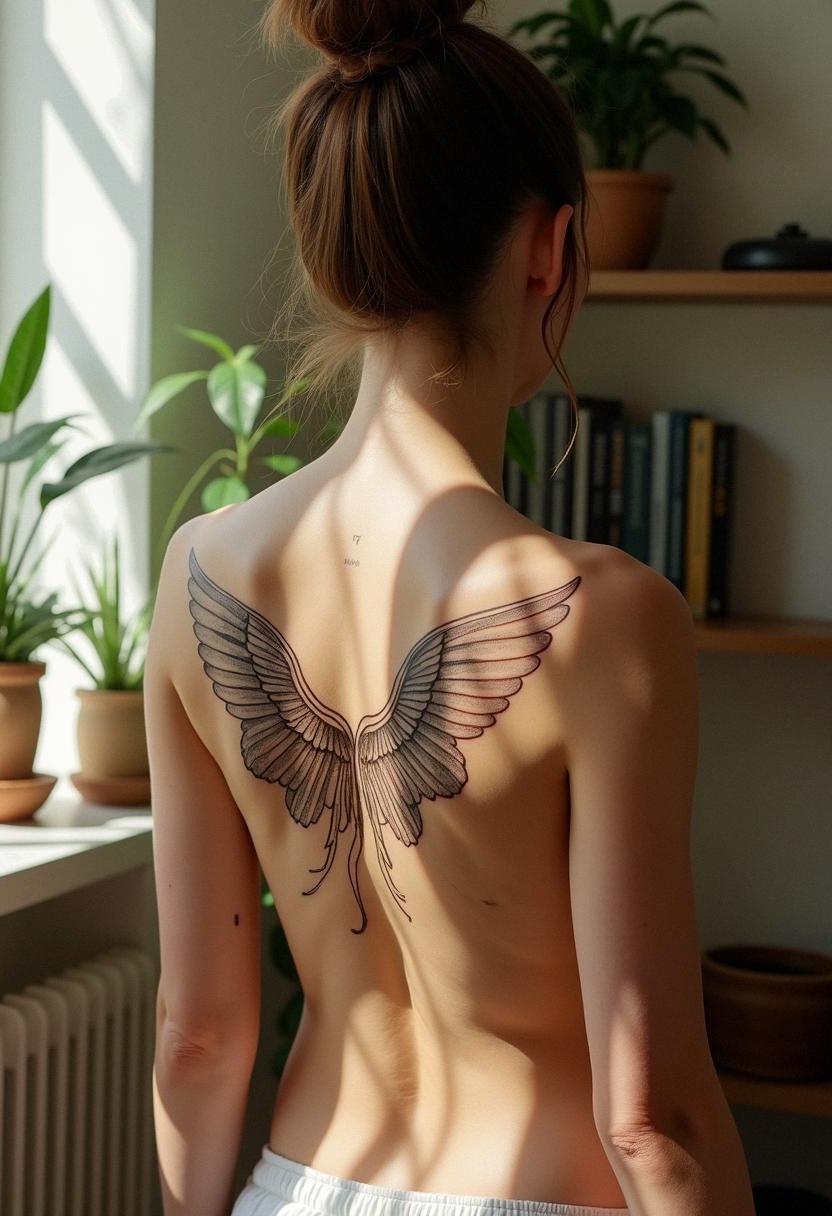
Symbolism and Meanings Behind the Fallen Angel
The symbolism and meanings behind the fallen angel tattoo are as layered and nuanced as the mythology itself. Often, this design is imbued with messages of transformation, defiance, and the complex struggle between goodness and corruption. It offers a visual representation of inner torment and the path to personal redemption, where every line and shadow conveys a deep internal conflict. On a personal level, individuals may embrace these designs to symbolize overcoming adversity, turning pain into strength, or challenging the conventional boundaries of societal conformity. The fallen angel, with its roots steeped in both divine descent and moral ambiguity, embodies a paradox that many find irresistibly intriguing. You might see it as a metaphor for someone who has traversed the darker corridors of life yet emerged with a renewed sense of purpose or liberation. This art form communicates resilience and a liberation from the constraints of normality. Every detail, whether it’s the brush strokes, the expression of the subject, or the interplay of light and shadow, calls out to the observer, inviting them to reflect upon their own battles and victories, making it both a personal emblem and a universal symbol of transformation and defiance.
Artistic Styles and Design Trends
Artistic styles and design trends in fallen angel tattoos have undergone a remarkable evolution over the years, resonating with an audience that’s constantly in search of innovative self-expression. The sheer versatility of these tattoos allows artists to mix realism with surreal elements, creating masterpieces that strike a balance between divine beauty and raw emotion. Contemporary trends often weave modern aesthetics with traditional symbolism, offering a wide palette of influences ranging from neo-traditional ink to hyper-realistic shading that can capture the subtlest expressions and emotions. Some artists experiment with vibrant colors and dynamic shading to highlight contrasts between heaven and hell, while others prefer a more monochromatic and minimalist approach that accentuates form and symbolism. This variety not only caters to different tastes but also allows the fallen angel tattoo to evolve continuously, merging historical iconography with modern artistic nuances. It provides you with an opportunity to own a piece of art that’s as unique as your own journey, blending the traditional tales of celestial beings with contemporary design innovations. It’s not just about the style alone but about the way it resonates with your personal narrative and lifestyle, ensuring that every tattoo is a living, breathing work of art that grows with you.
Key Imagery: Wings, Halos, and Other Iconic Elements
Key imagery in fallen angel tattoos is integral to conveying the complex narrative and symbolic depth of the design. The most notable features often include magnificent wings, ethereal halos, and sometimes other elements like broken chains or surreal flames that evoke both beauty and tragedy. These iconic symbols elevate the narrative, emphasizing the eternal dance between redemption and damnation. Wings, for instance, are not only reminders of a once-divine nature but also serve as powerful metaphors for the desire to fly free, uneroded by earthly struggles. Halos may appear as a poignant contradiction, hinting at lost sanctity or a fragment of hope amid chaos. Artists frequently incorporate these elements to craft a story of duality and resilience, using dynamic lines and detailed shading that make each component stand out. The interplay of such imagery is akin to a visual symphony, where every element plays a critical role in the overall narrative. Each brush stroke or ink drop challenges you to delve deeper into the aesthetic, inviting you to interpret its meaning in the context of personal loss, defiance, or transformation. This multi-layered approach enables the artwork to resonate on multiple levels, making it a powerful symbol of the eternal struggle between aspiration and downfall.
Color Choices, Shading Techniques, and Visual Impact
The choices of color and shading techniques in fallen angel tattoos are integral to creating a striking and powerful visual impact that enhances the story behind the ink. Many artists favor a combination of dark tones juxtaposed with softer hues—almost as if you’re peering into a liminal space where light fights back against the shadows. The meticulous shading found in these tattoos plays a critical role in highlighting important features such as the intricate details of the wings or the fine lines that form the subtle contours of the figure. This attention to detail can turn a traditional tattoo into a breathtaking work of art that seems to come to life on your skin. Bold contrasts often draw the eyes towards the central theme, making the artwork not only a visual masterpiece but also an expressive narrative of inner torment, lost divinity, and the heavy price of rebellion. It’s fascinating how skilled tattoo artists blend colors and shading styles to evoke complex emotions, creating a sense of depth that parallels the multifaceted story of the fallen angel. The deliberate choices behind these techniques ensure that every angle, every shadow, and every burst of color contributes to the overall storytelling, ensuring that the artwork remains as vivid and compelling as your own untold journey.
Body Placement and Size Considerations
Deciding on the right body placement and size for your fallen angel tattoo is a deeply personal journey that speaks to both your aesthetic preferences and your personal narrative. When you opt for this powerful design, every inch of your skin becomes a canvas, ready to tell a story of beauty interlaced with hints of melancholy. Larger canvases such as the back, chest, or even a full sleeve offer ample space to capture fine details like the delicate feathering on wings or the nuanced expressions that embody the duality of the fallen angel. Larger tattoos allow for a display of intricate artistry that can be admired from afar, while a smaller design on the wrist or ankle might serve as a subtle yet persistent reminder of personal transformation and inner battles. Thoughtful placement is also influenced by lifestyle and personal comfort, ensuring that the tattoo not only looks stunning but also holds significant meaning in your daily life. Your skin becomes the stage on which the drama of celestial downfall and redemption is played out, making it essential to choose a size and placement that harmonize with your body and spirit. With careful consideration, every aspect of the tattoo—from its location to its dimensions—can enhance both its visual appeal and its symbolic depth, creating a piece that is both aesthetically pleasing and powerfully personal.
Finding the Right Tattoo Artist for Your Vision
Finding the right tattoo artist for your vision is a critical step in transforming your concept of a fallen angel into a living piece of art etched into your skin. This process begins with thorough research and understanding of the artist’s portfolio, ensuring that their style aligns with the intricate details and the deep symbolism you envision. A skilled tattoo artist not only possesses technical expertise but also understands the history and cultural significance that lies behind each tattoo. You need someone who can translate the ethereal nature and emotional depth of a fallen angel into a design that feels personal and timeless. The consultation phase is an opportunity to discuss color schemes, shading techniques, and the overall narrative you want your tattoo to convey, highlighting aspects such as the delicate wings, the subtle halos, or even hints of scars that tell a story of defiance and rebellion. It is important to articulate your preferences and be open to their suggestions, as the artist’s experience can add layers of insight and artistic refinement. This collaborative process ensures that the final work is not just a decorative element but a meaningful emblem that endures both in beauty and significance, perfectly reflecting your inner journey and the intricate balance between light and shadow.
Tattoo Aftercare, Maintenance, and Longevity
Proper tattoo aftercare, maintenance, and longevity play a pivotal role in ensuring that your fallen angel tattoo remains as vibrant and detailed as the day you inked it. While the artistic process creates a visually stunning masterpiece, the period following the procedure is just as important for nurturing and preserving your new art. From the moment the needle touches your skin, you become the caretaker of a deeply personal narrative etched into your body. Aftercare instructions usually include gentle cleansing, regular moisturizing, and protective measures like avoiding direct sunlight and excessive soaking, all designed to help your skin heal effectively. Long-term maintenance such as periodic touch-ups or professional evaluations can keep the intricate shading and color details fresh and focused, ensuring the symbolic elements—like the majestic wings or delicate halo—retain their dramatic allure. Over time, small preventative maintenance measures can significantly extend the life of your tattoo, keeping it crisp and defined. This ongoing commitment is a small price to pay for owning a piece of art that tells a timeless story of transformation, conflict, and beauty. It also serves as a daily ritual of care, reinforcing the importance of personal stories and the resilience behind every stroke of ink.
Personalizing Your Fallen Angel Tattoo Narrative
Personalizing your fallen angel tattoo narrative allows you to embed your own life experiences and beliefs into a design that highlights both your struggles and triumphs. Beyond the universal symbolism associated with descent and redemption, each tattoo can be uniquely tailored to mirror the complexities of your individual journey. By incorporating personal elements—such as initials, dates, or even supplementary symbols that speak directly to your past and present—you transform the tattoo from a mere aesthetic choice into a profound story book on your skin. This process not only adds depth and meaning to the artwork but also creates a constant reminder of your resilience, self-growth, and ability to overcome adversity. Your unique vision shines through every detail, whether it’s the sharpness of the tattoo lines or the delicate interplay of color and shadow that highlights your personal transformation. The collaboration between you and the tattoo artist often leads to innovative ideas that mix traditional fallen angel motifs with elements that are uniquely yours. It’s a creative journey that celebrates not only art but also the enduring human spirit, crafting an emblem that is as bold as it is intimate. The resulting tattoo is both a fashion statement and a personal manifesto, symbolizing your willingness to embrace every part of your journey—even the darker, more challenging moments—and use them as a catalyst for change and empowerment.
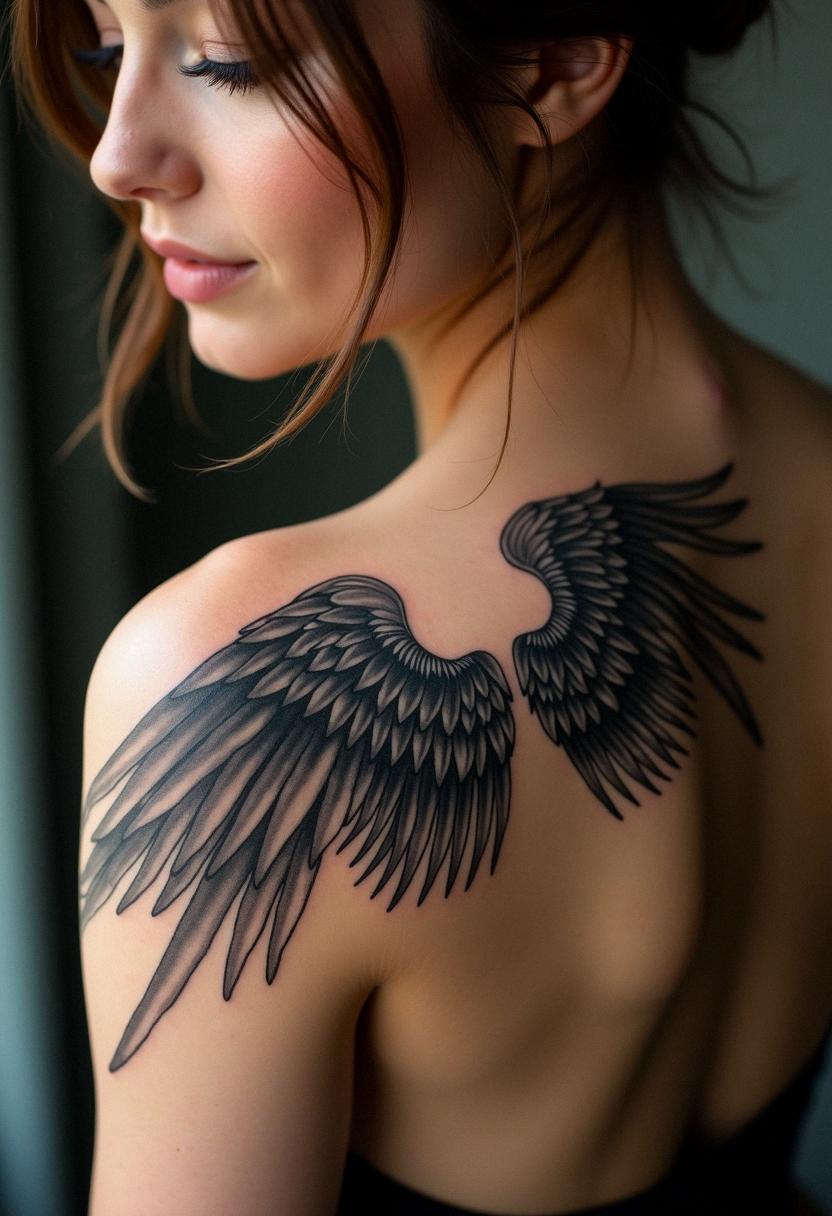
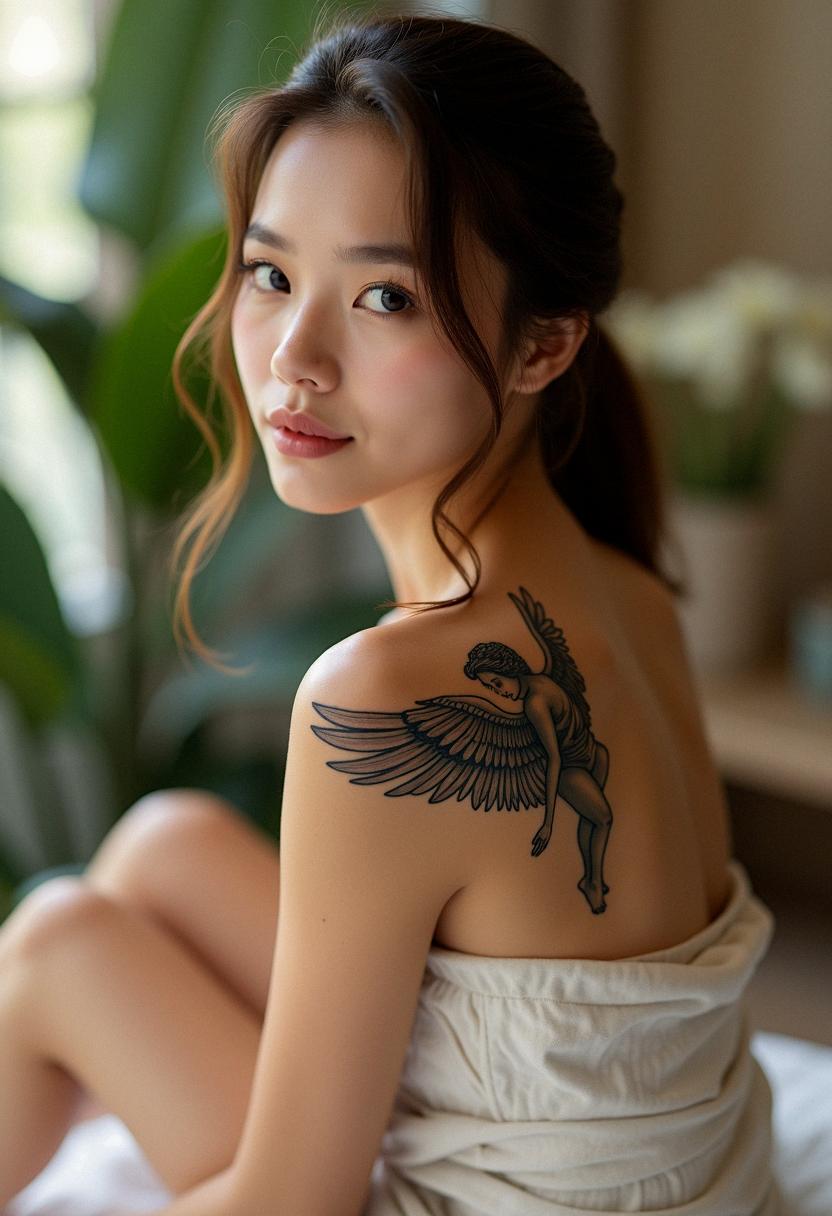
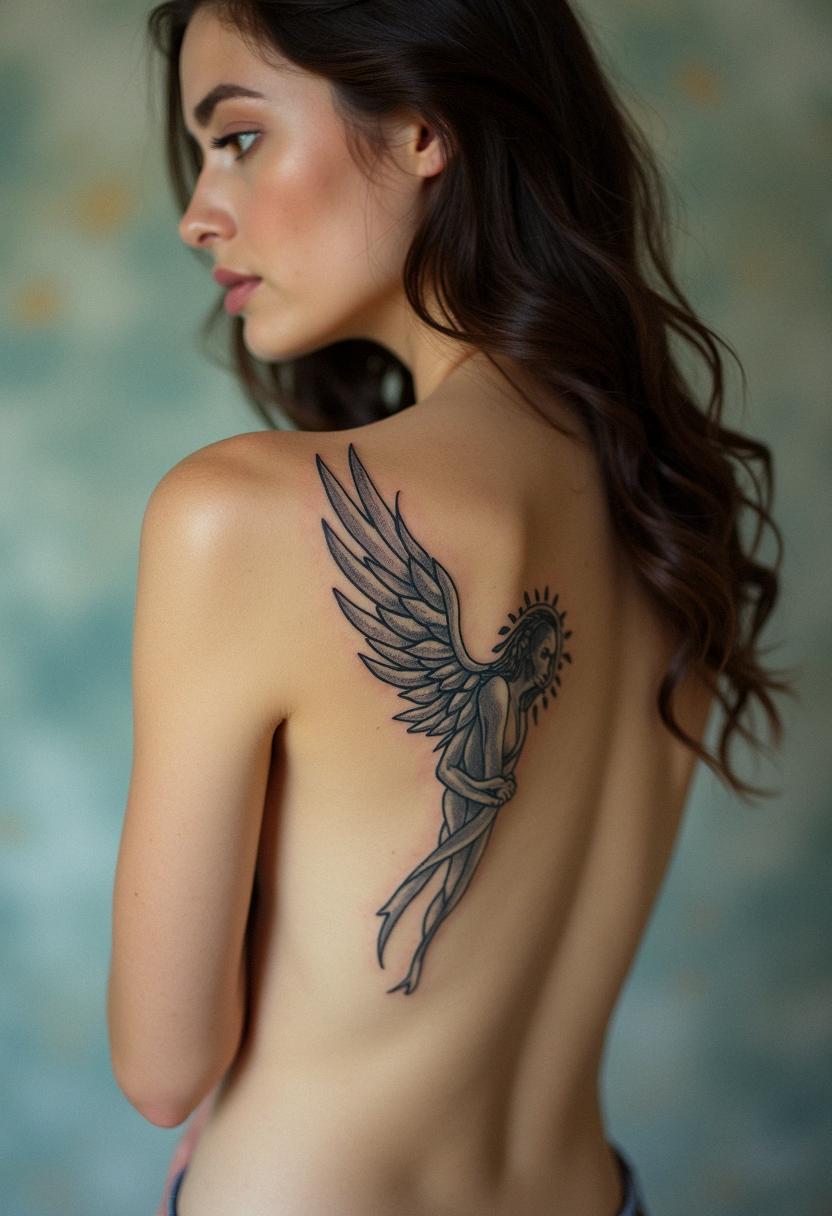
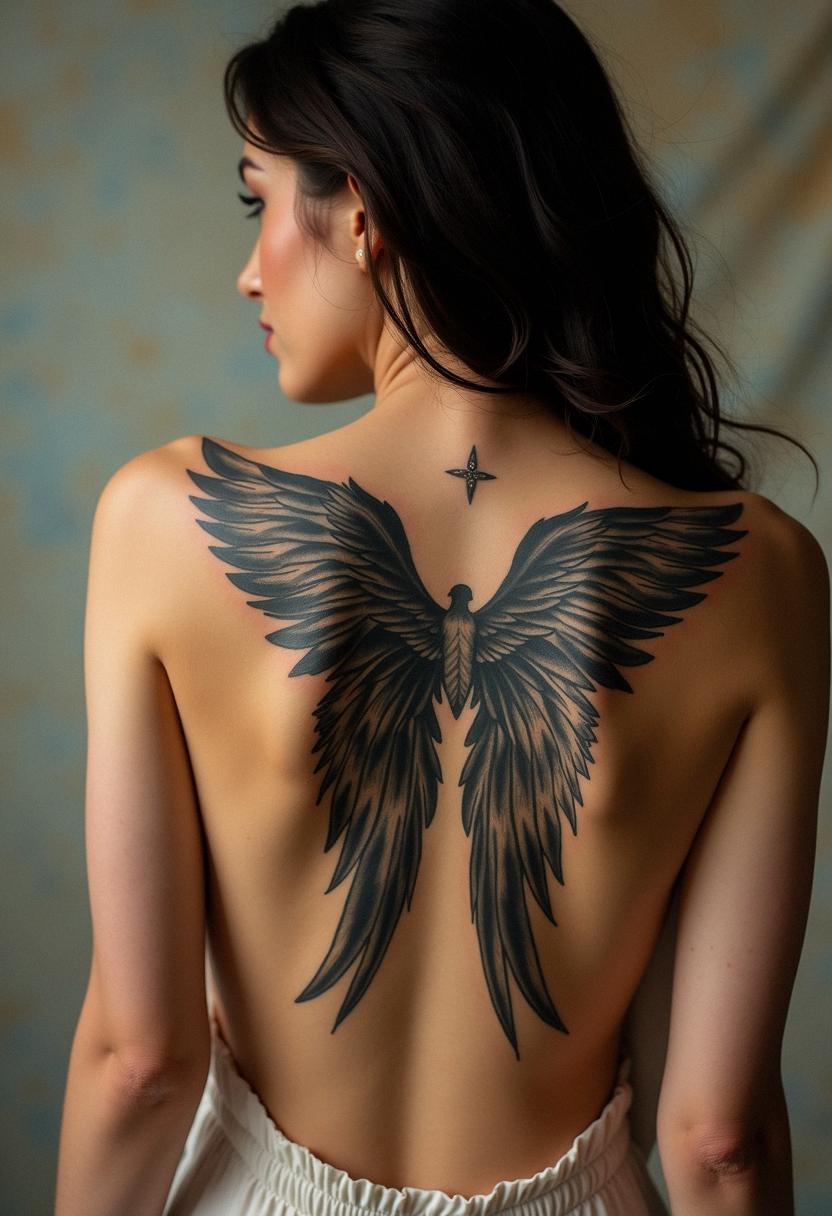
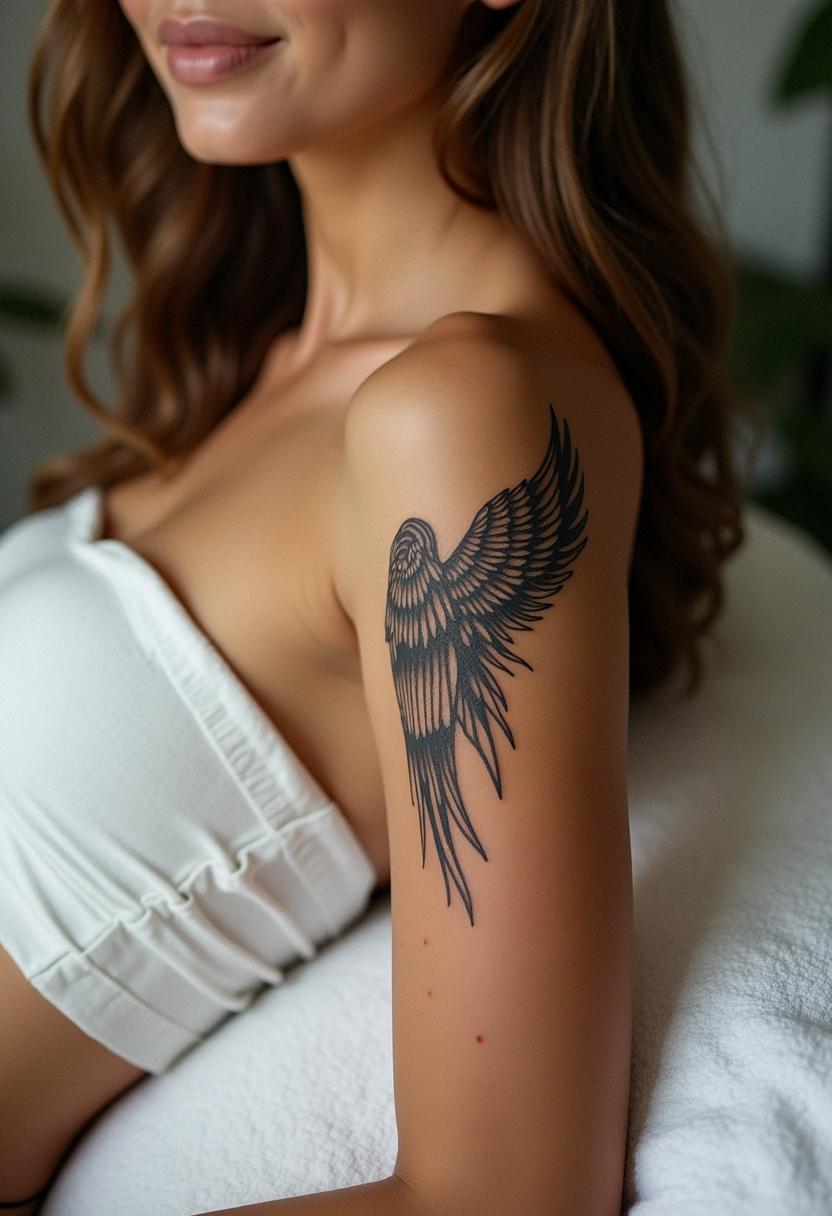
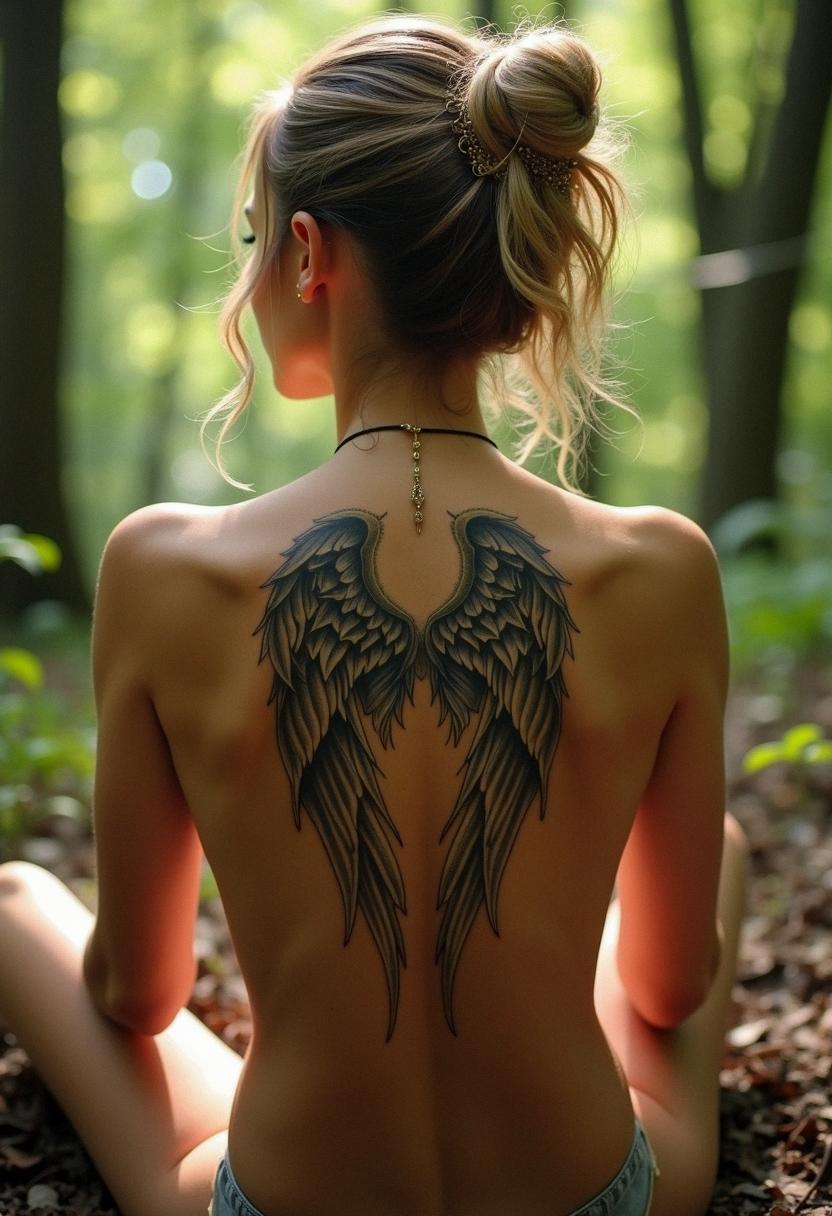
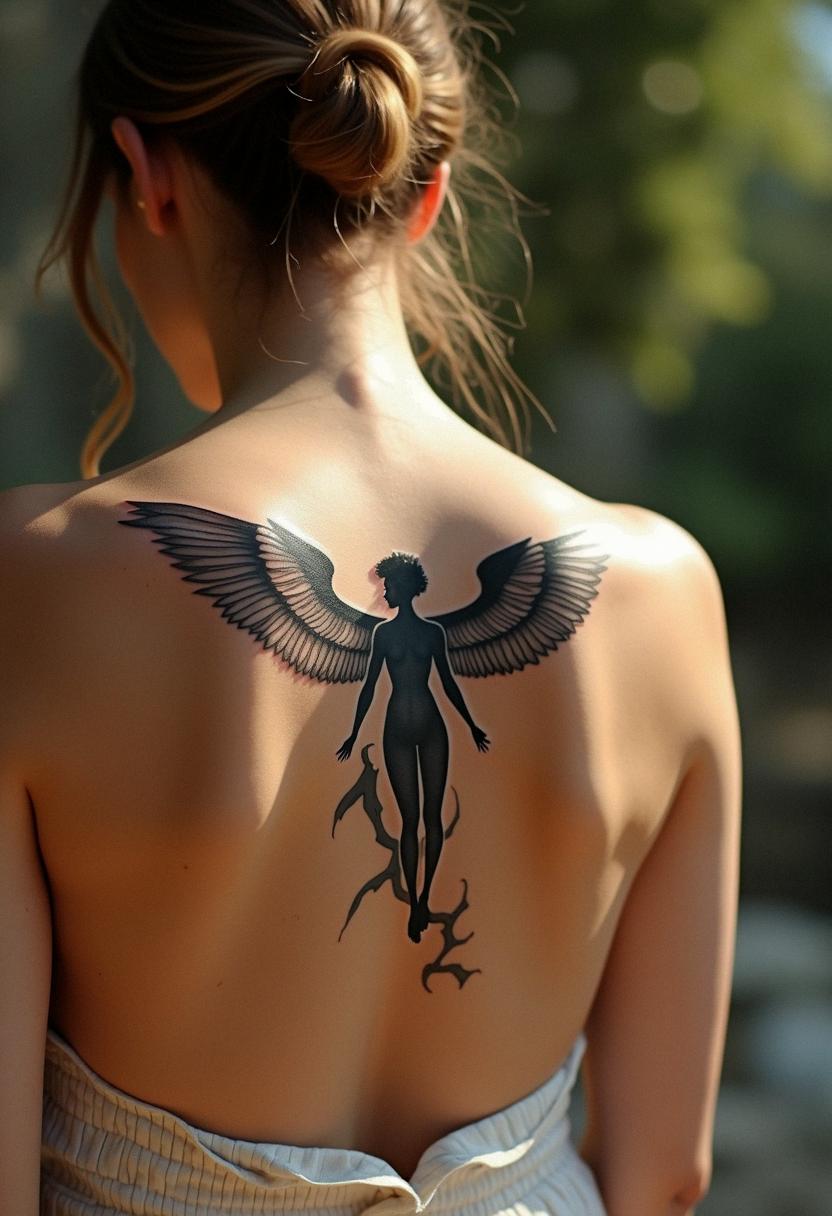
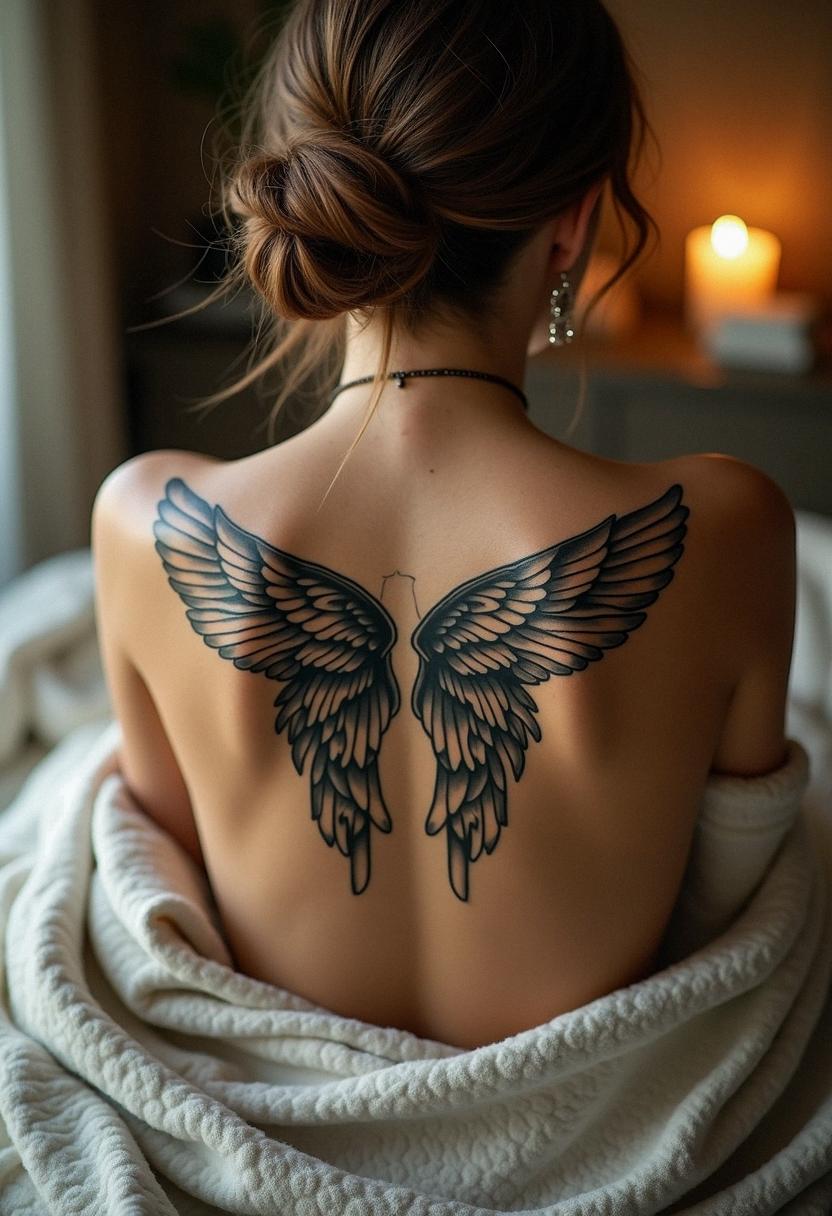
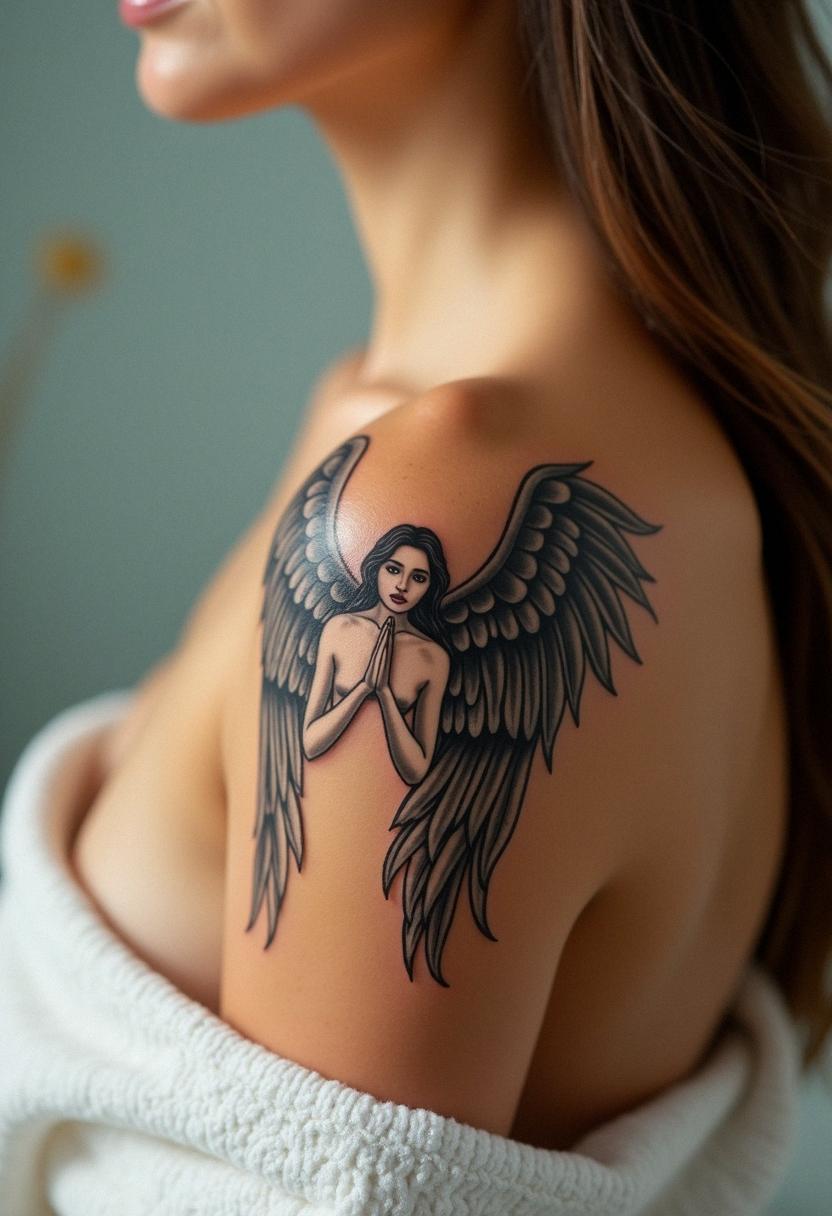
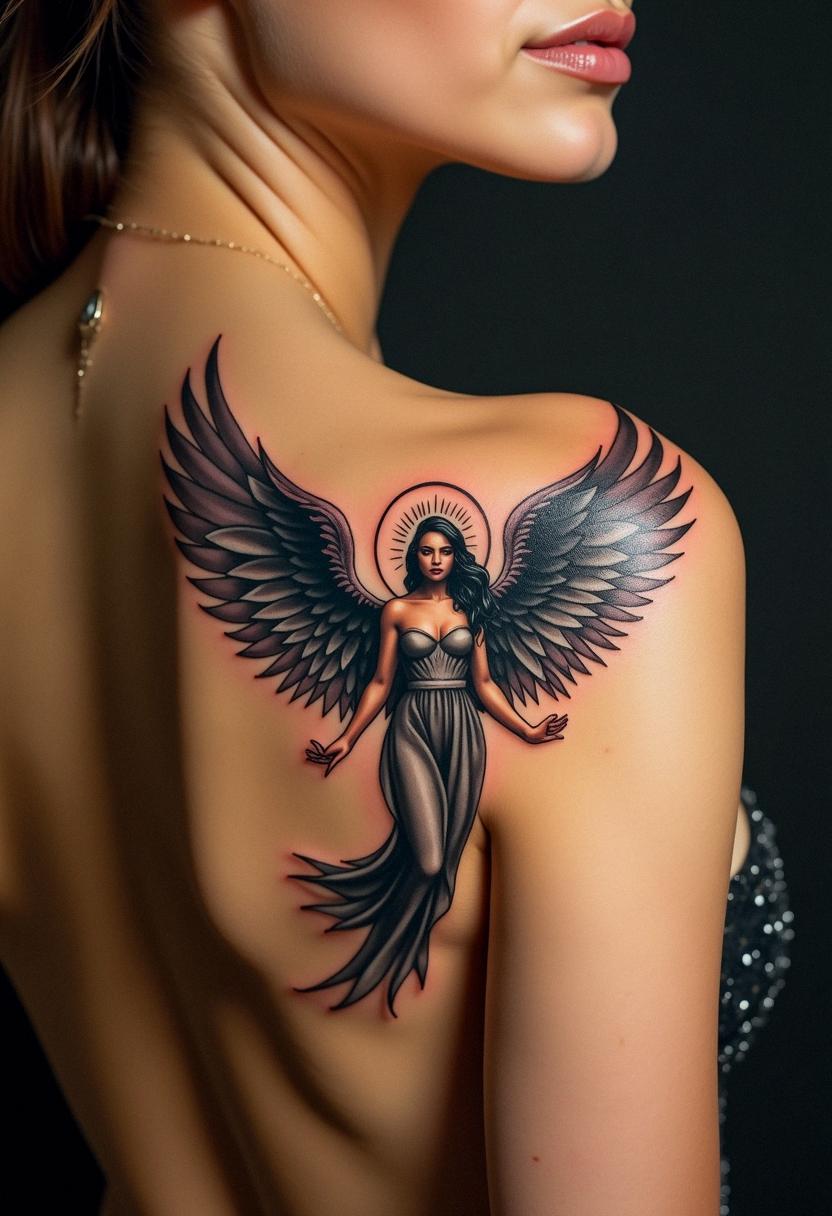
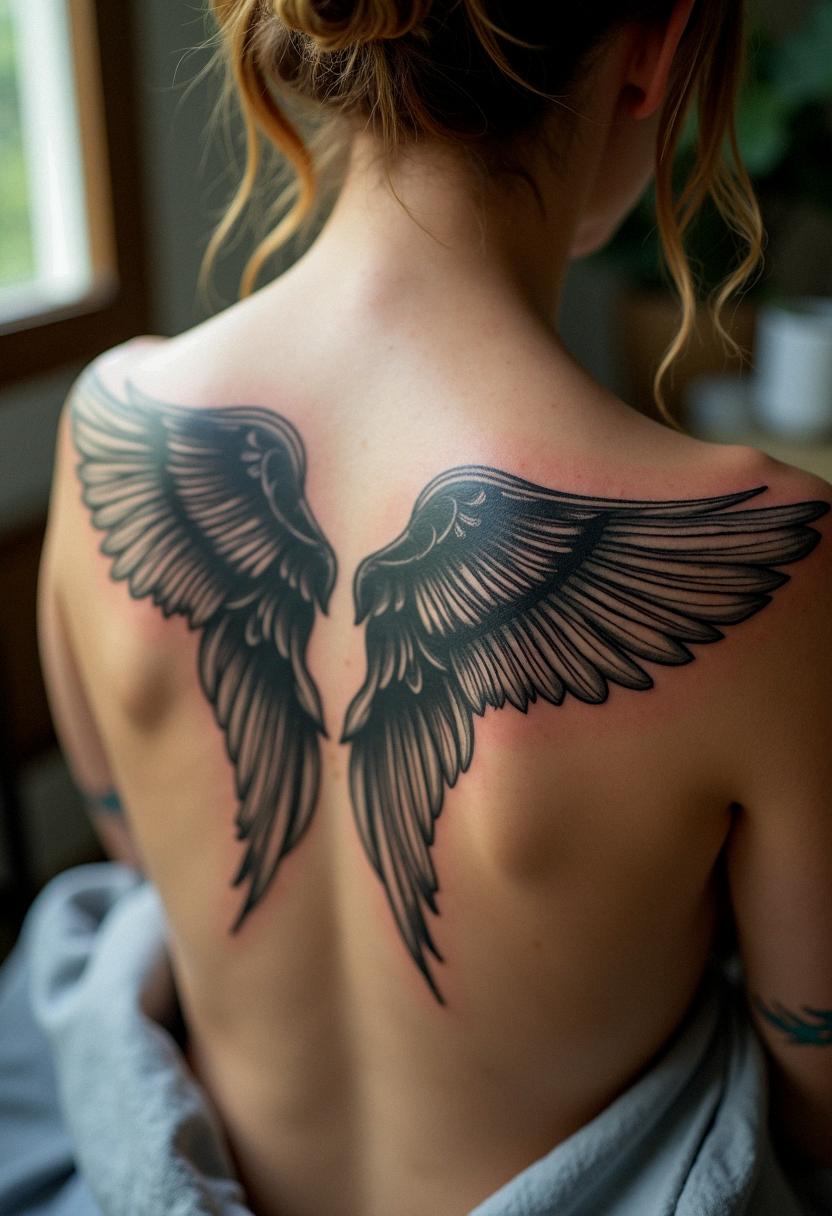
The Future of Fallen Angel Tattoo Trends and Evolving Meanings
The future of fallen angel tattoo trends is a fascinating arena where evolving aesthetics and shifting cultural narratives continue to redefine this provocative art form. As time advances and new generations seek fresh interpretations of age-old symbols, the fallen angel tattoo is poised to embrace innovative designs that merge traditional motifs with modern techniques. Contemporary tattoo artists are delving into uncharted creative territories, experimenting with digital effects, abstract elements, and unconventional placements to breathe new life into this timeless image. The evolution of tattoo technology also contributes to this transformation, with advanced inks and refined shading techniques ensuring that the artwork remains striking for years to come. Moreover, as societal views on spirituality, rebellion, and personal identity shift, the meaning behind the fallen angel evolves, allowing new interpretations that resonate with current cultural dynamics. Future trends may see a blend of hyper-realism with symbolic abstraction, inviting a dialogue between the ancient and the modern, the sacred and the profane. As you watch these influences unfold, it becomes clear that the fallen angel tattoo is not static but a living art form—fluid, adaptable, and infinitely expressive. Its continued evolution mirrors our own journey of self-discovery, reminding us that the interplay of light and dark, struggle and transcendence, is at the heart of every great narrative.
